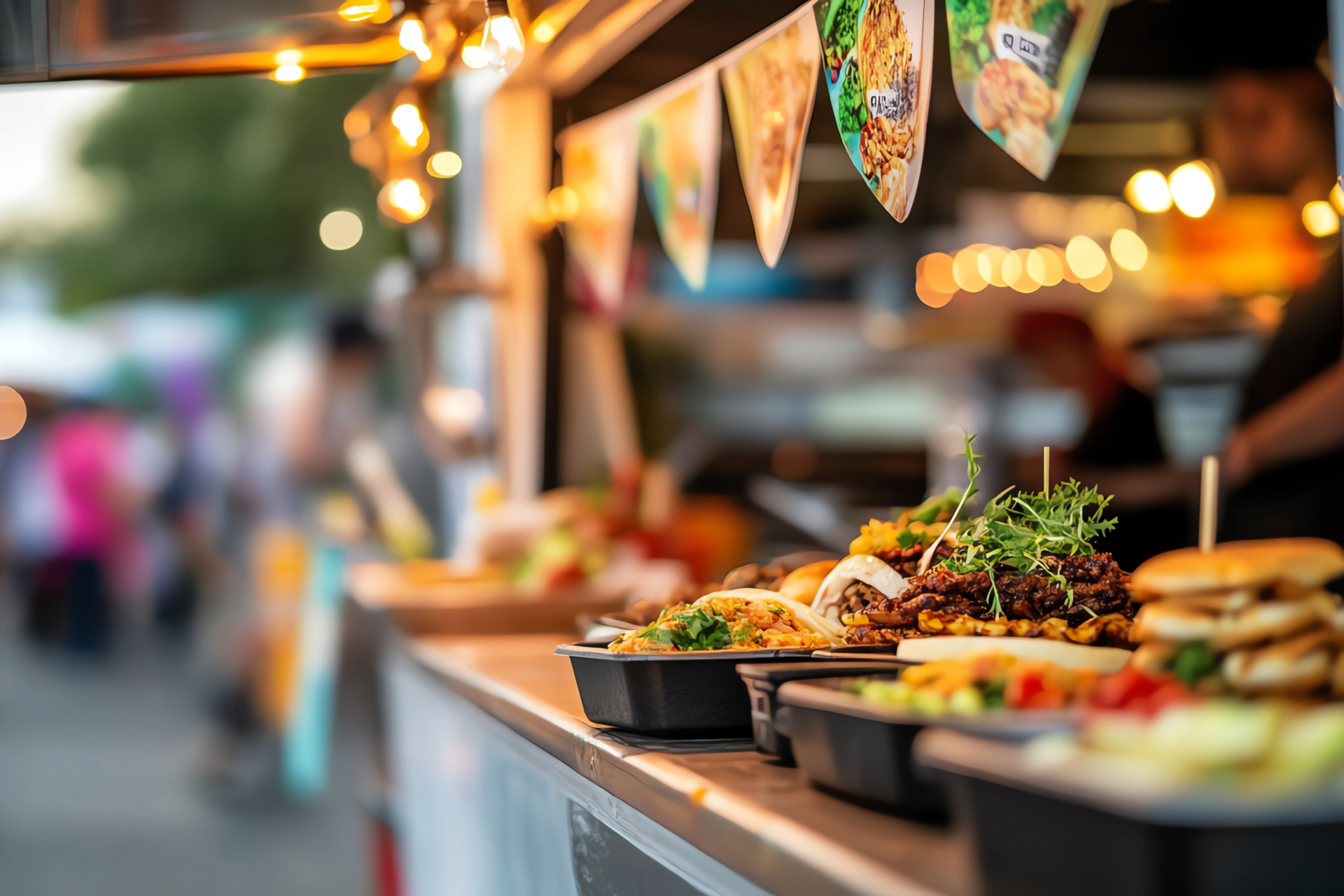Delivery-Only Dining: Exclusive Guide to Effortless Meals
Delivery-Only Dining is rapidly redefining what it means to experience dining out. In a world where convenience often trumps traditional dining experiences, the rise of delivery-only restaurants, also known as ‘ghost kitchens,’ is reshaping the food industry. This fresh dining model caters uniquely to a digitally connected world, delivering restaurant-quality meals straight to the doorstep.
Exploring the Rise of Delivery-Only Dining
Ghost kitchens, the cornerstone of delivery-only dining, do not have physical dining spaces. These establishments prepare food exclusively for delivery or takeout. This trend gained significant momentum during the COVID-19 pandemic as restrictions made traditional dining difficult or impossible. However, the convenience and efficiency of this model have allowed it to enjoy continued popularity even as the world reopens.
From an operational viewpoint, delivery-only dining significantly cuts down on overhead costs compared to traditional restaurants. There are no expenditures on lavish decor or seating arrangements. Staff requirements are also minimized, focusing mainly on cooks and delivery logistics. Such cost-efficiency not only keeps the menu prices competitive but also allows for a more focused investment in food quality and packaging technology.
Benefits and Challenges of Delivery-Only Dining
Adopting a delivery-only model offers a plethora of advantages. For entrepreneurs and chefs, it provides a lower-risk platform to experiment with different cuisines and dishes without the commitment of a long-term lease or extensive capital. It encourages innovation within the culinary industry, given the flexibility to shift menus and offerings in response to customer feedback and food trends.
Customers too reap the benefits of delivery-only dining. They have access to a diverse array of cuisines from the comfort of their homes and can often enjoy meals from higher-end chefs that were previously beyond their dining budget. The proliferation of food delivery apps enriches this experience, making it possible to have a gourmet meal delivered with just a few taps on a smartphone.
However, the model isn’t without its obstacles. The lack of a physical presence can make it difficult for these businesses to build a customer relationship and loyalty. Brand visibility is lower compared to traditional restaurants with storefronts that benefit from foot traffic and location visibility. Overcoming these challenges requires innovative marketing strategies and strong focus on quality and customer service.
Sustainability and the Future
As delivery-only dining continues to evolve, sustainability becomes a crucial consideration. The significant increase in packaging waste associated with food deliveries is an environmental concern. Forward-thinking ghost kitchens are experimenting with biodegradable or recyclable packaging solutions to minimize their ecological footprint.
Technological advancements also play a pivotal role in shaping the future of delivery-only dining. Automated kitchen technologies and improvements in food storage and transportation could further enhance efficiency. Integration with AI and data analytics offers ghost kitchens insight into consumer behavior, allowing for smarter menu planning and inventory management.
Parting Thoughts
Delivery-only dining is more than just a trend; it’s a transformative development within the dining industry that responds to changing lifestyle patterns. For customers, it marries convenience with variety, and for chefs and entrepreneurs, it provides a fertile ground for innovation and business growth under reduced financial risk.
As this model matures, its success will largely hinge on the ability to adapt to customer desires and environmental responsibilities. The continued integration of technology and commitment to sustainability will likely dictate the longevity and impact of delivery-only dining on the global culinary scene.
In conclusion, whether you are a foodie exploring new dining options or a business owner considering a venture into the food industry, understanding and adapting to the nuances of delivery-only dining will be key to enjoying and capitalizing on this modern approach to eating out—right from your own dining room.





